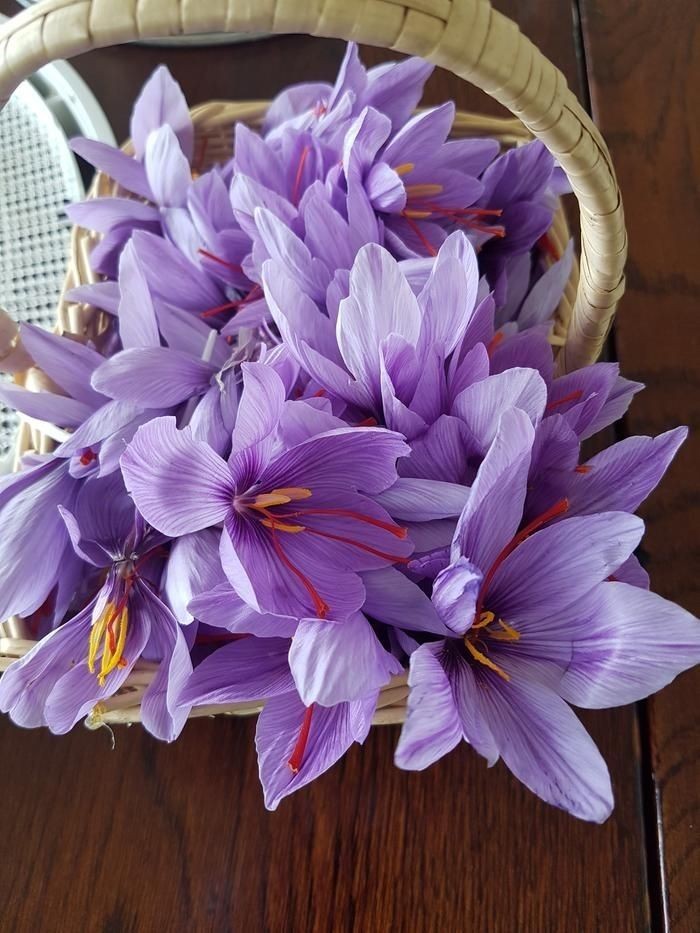Categories
The latest content
-

How to Source Iranian Black Raisins; What Global Buyers Should Know
..
-
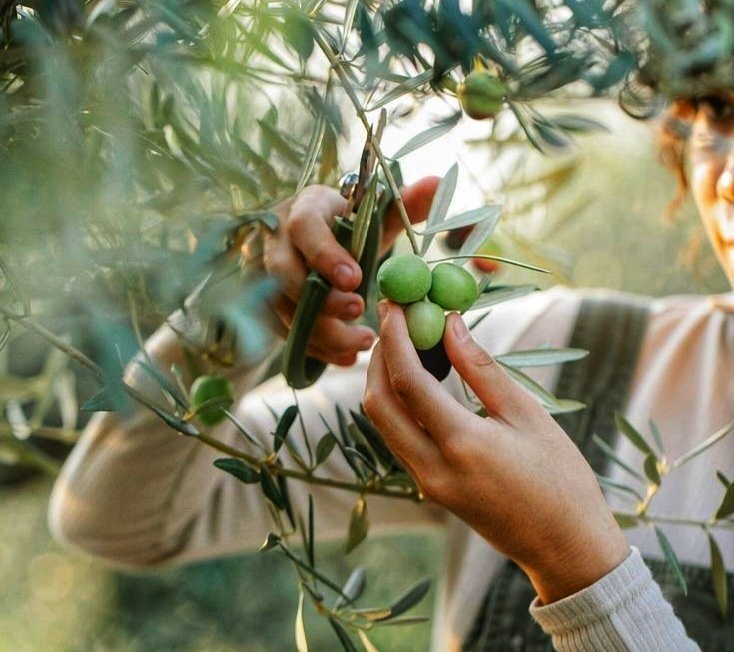
The History of Olive Cultivation in Iran; From Ancient Roots to Global Markets
..
-
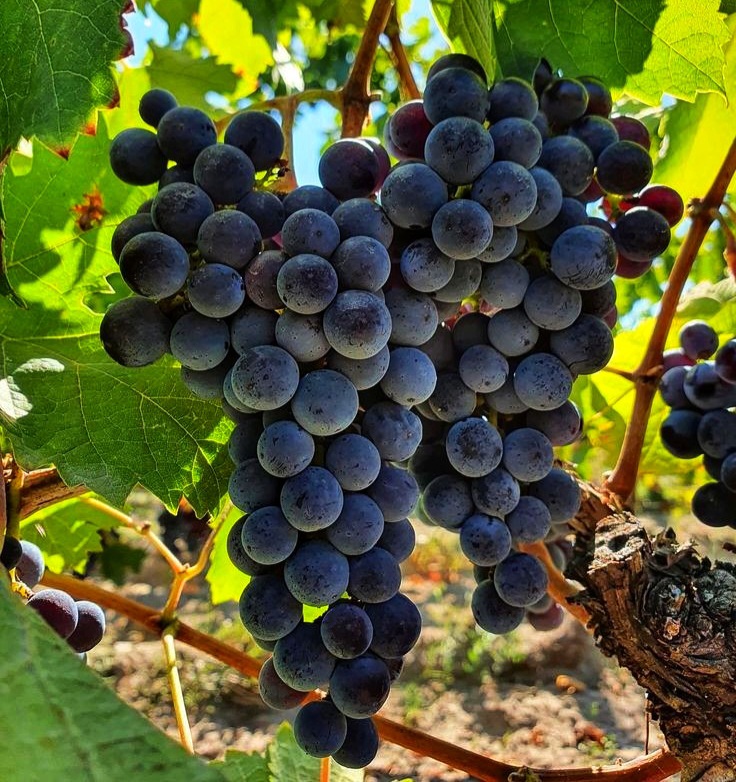
Iranian Black Raisins in Europe; Key Export Destinations, Market Insights, and Growth Potential
..
-

Iranian Chickpeas in the UAE; Market Trends, Consumer Preferences & CIF Price Insights
..
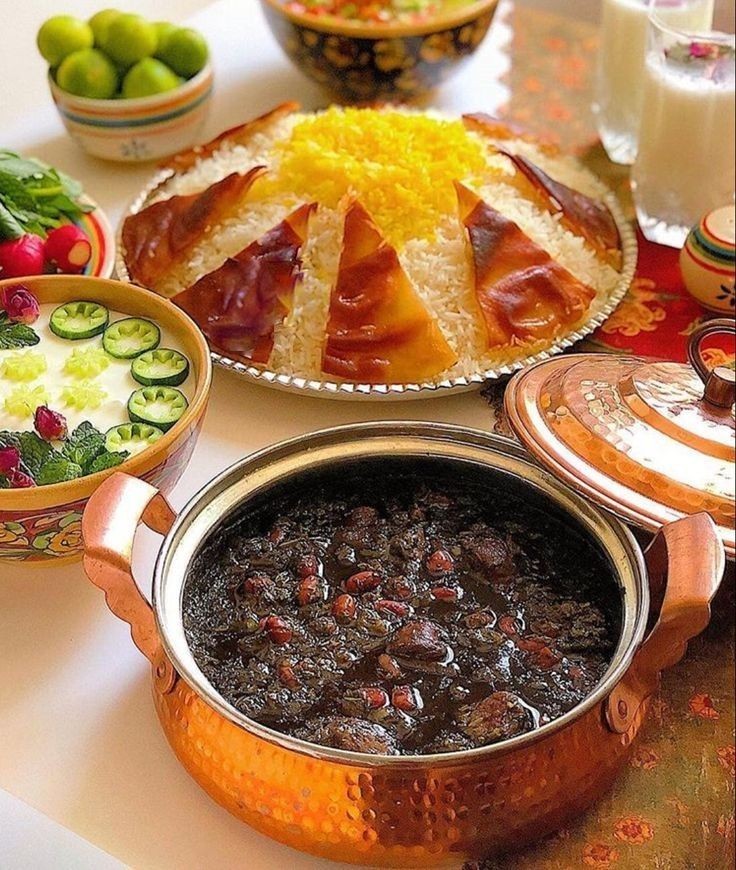
Tags
The Growing Popularity of Iranian Tea in Germany; Market Trends, Consumer Preferences & CIF Price Overview
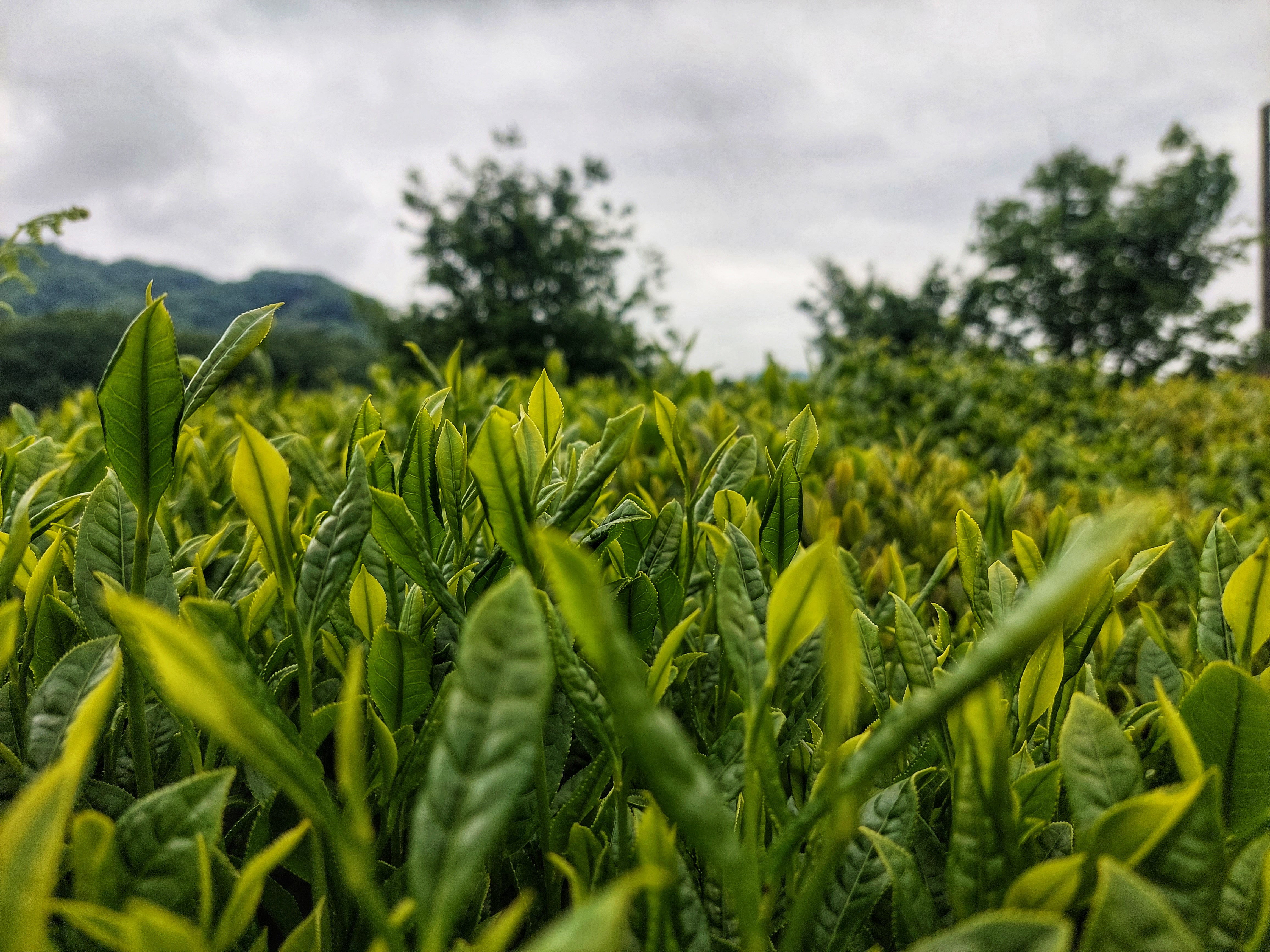
Germany is one of the largest tea-consuming countries in Europe, and in recent years, Iranian tea has begun to capture the attention of importers, wholesalers, and health-conscious consumers. Known for its natural aroma, rich flavor, and absence of chemical additives, Iranian tea is carving a niche in a competitive market dominated by Indian, Sri Lankan, and East African teas.
In this post, we explore the market trends, consumer preferences, and CIF prices for Iranian tea in Germany—and why this traditional Persian product is finding a place on German shelves and tables.
Market Trends for Iranian Tea in Germany
1. Demand for Natural and Additive-Free Products
German consumers are increasingly drawn to natural, unblended teas with no artificial color or flavor enhancers. Iranian tea, grown mostly in Gilan and Mazandaran provinces, meets this demand with its organic cultivation and natural fermentation process.
2. Growth of Ethnic and Specialty Stores
The presence of Middle Eastern and Persian communities in Germany supports the availability of Iranian tea in local ethnic markets. Additionally, specialty stores and organic shops are now offering Iranian tea as a unique alternative to mainstream brands.
3. Premium Loose-Leaf Segment Expanding
Loose-leaf teas are more appreciated among discerning consumers in Germany who value flavor complexity and brewing rituals. Iranian tea, with its strong body and natural aroma, fits perfectly in this premium category.
4. Sustainability and Origin Transparency
Consumers in Germany want to know where their tea comes from. Iranian exporters that offer traceability, sustainable sourcing, and certifications (like ISO, HACCP, or organic) gain a competitive edge.
Consumer Preferences in the German Tea Market
• Flavor: German tea drinkers appreciate robust black teas that are less bitter, with a mellow aftertaste—qualities Iranian tea naturally offers.
• Form: Preference is growing for loose-leaf tea in paper pouches or tins. Tea bags are still in demand, but premium buyers lean toward whole-leaf packaging.
• Labeling: Products with German or bilingual (EN/DE) labeling, along with brewing instructions and origin stories, sell better.
• Packaging Size: 250g, 500g, and 1kg packs are most common for retail; bulk buyers prefer 20–25kg sacks or cartons.
CIF Price of Iranian Tea to Germany (2025)
The CIF (Cost, Insurance, and Freight) price of Iranian black tea to major German ports like Hamburg and Bremerhaven varies depending on quality, leaf grade, and order volume. Here’s an approximate range:
• Standard loose black tea (whole leaf):
$3,800 – $4,500 USD/MT (CIF Hamburg)
• Premium hand-picked tea (first flush):
$4,200 – $4,900 USD/MT (CIF Hamburg)
• Bulk broken-leaf tea for blending/industrial use:
$3,200 – $3,600 USD/MT (CIF Hamburg)
Note: Prices can fluctuate based on freight rates, seasonality, and packaging preferences.
Why Iranian Tea Has Long-Term Potential in Germany
Iranian tea combines quality, purity, and authenticity—three elements that increasingly matter to German consumers. As awareness grows and distribution channels expand, Iranian tea stands a strong chance of building a loyal customer base, not just among Iranians in Germany, but also among eco-conscious, flavor-driven, and culturally curious buyers.
At Tamila Agrifood Company, we are proud to offer premium-grade Iranian black tea—hand-picked, naturally processed, and ready for export. Whether you're a wholesaler, specialty retailer, or food distributor in Germany, we can deliver customized packaging, multilingual labeling, and reliable CIF delivery to your chosen port.
Contact us today to request a quotation or learn more about our Iranian tea varieties.
Tamila Agrifood Company, Bringing the Heart of Iran to Europe.



